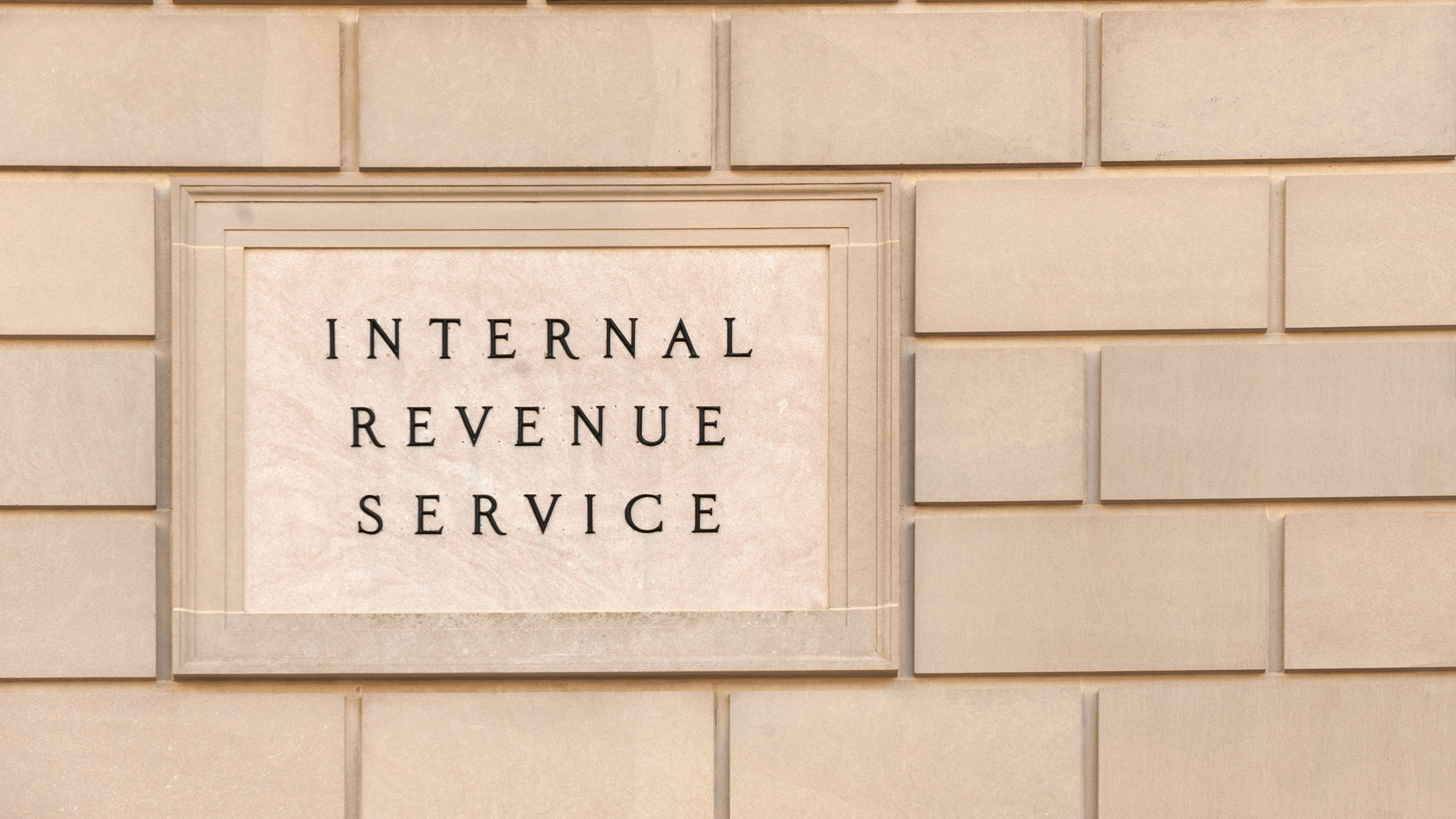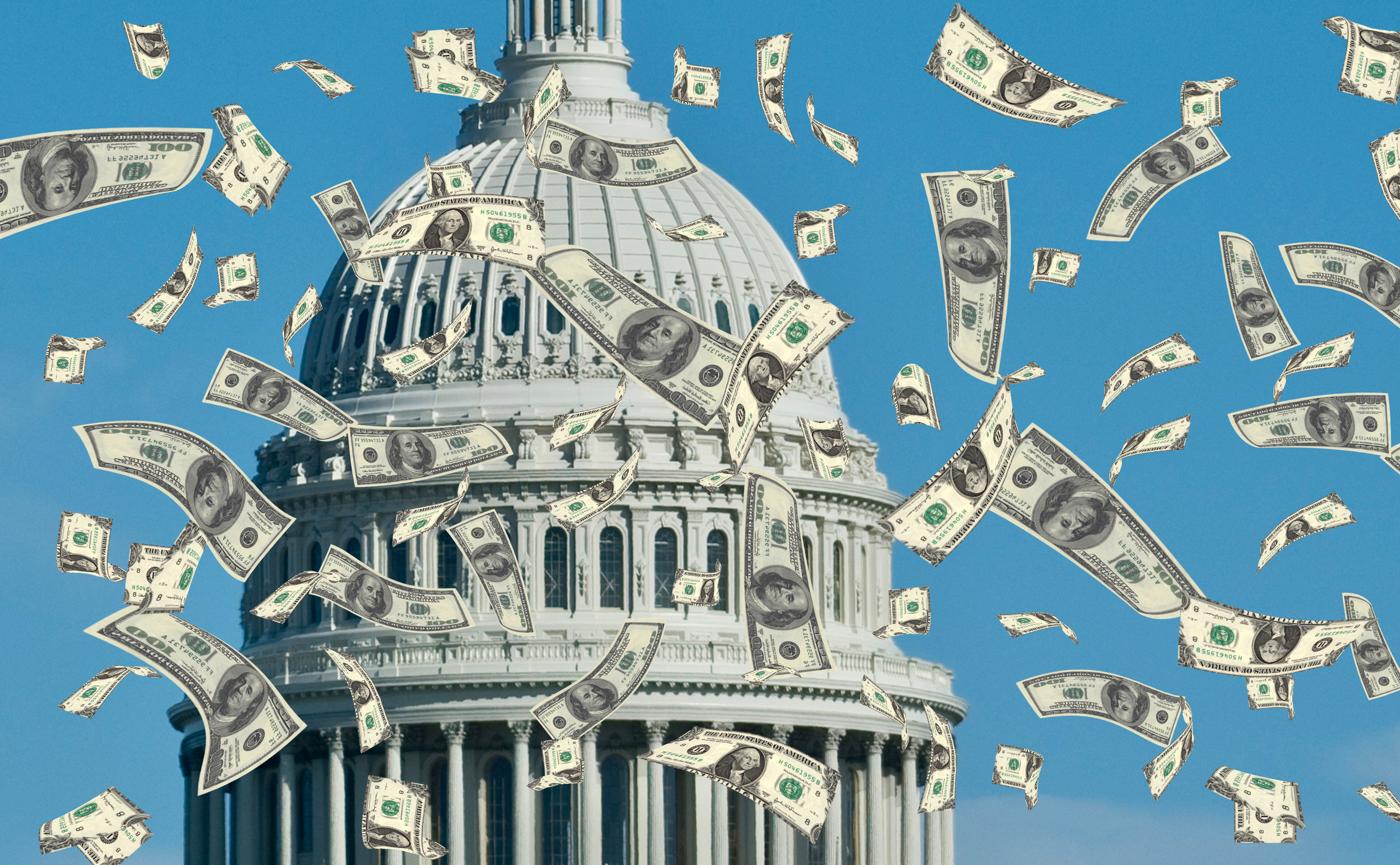IRS Updates Capital Gains Tax Thresholds for 2026: Here’s What’s New
The IRS has increased the capital gains tax income thresholds for 2026. You'll need this information to help minimize your tax burden.


Every year, the IRS adjusts certain tax thresholds and amounts to keep pace with inflation, and this year is no different. In addition to new tax brackets and higher standard deduction and estate limit amounts, the IRS just unveiled new income tax thresholds for capital gains in 2026.
If you have investment income, these updated capital gains brackets (effective for tax returns you’ll file in early 2027) could impact your tax bill.
So, let’s dive into the latest IRS numbers for 2026 and what they mean for you.
From just $107.88 $24.99 for Kiplinger Personal Finance
Become a smarter, better informed investor. Subscribe from just $107.88 $24.99, plus get up to 4 Special Issues

Sign up for Kiplinger’s Free Newsletters
Profit and prosper with the best of expert advice on investing, taxes, retirement, personal finance and more - straight to your e-mail.
Profit and prosper with the best of expert advice - straight to your e-mail.
New 2026 capital gains tax thresholds
For 2026 (returns normally filed in early 2027), the long-term capital gains tax rates remain at 0%, 15%, and 20%, but the income thresholds have shifted.
Remember that short-term capital gains (assets held for one year or less) are taxed at ordinary income tax rates, different from those for long-term capital gains.
For more information on capital gains rates, see Capital Gains Tax Rates for 2025 and 2026.
The new brackets are as follows:
0% Rate
Single filers: Up to $49,450
Married filing jointly: Up to $98,900
Married filing separately: Up to $49,450
Head of household: Up to $66,200
15% Rate
Single filers: $49,451 to $545,500
Married filing jointly: $98,901 to $613,700
Married filing separately: $49,451 to $306,850
Head of household: $66,201 to $579,600
20% Rate
Single filers: Over $545,500
Married filing jointly: Over $613,700
Married filing separately: Over $306,850
Head of household: Over $579,600
What's Changed
2026 vs. 2025 capital gains thresholds
Compared to 2025, these new numbers reflect a modest inflation adjustment across all brackets and filing statuses. The changes are designed to provide some relief against "bracket creep." (That's when inflation essentially pushes you into a higher tax bracket.)
For instance, the 0% rate threshold for married couples filing jointly increases from $96,700 in 2025 to $98,900 in 2026. That means an additional $2,200 in income can be taxed at the 0% rate in 2026 rather than at higher rates.
Similarly, the 20% rate threshold increases by over $13,600 for married couples filing jointly (from $600,050 in 2025 to $613,700 in 2026). that potentially enables more income to be taxed at the lower 15% capital gains rate in 2026.
How to benefit from the 0% capital gains rate
The new 0% capital gains rate threshold for 2026 creates some opportunities for investors.
- For example, if your income varies yearly, you might consider realizing long-term capital gains in years when your total taxable income is below the 0% threshold.
- That way, you could take advantage of the lower tax rate.
- Also, depending on your situation, offsetting your capital gains with any losses you may have incurred (tax loss harvesting) could help.
Whatever you do, evaluate all your projected income sources each year, not just capital gains.
Long-term capital gains tax: Bottom line
As Kiplinger has reported, these capital gains tax income threshold adjustments come alongside annual inflation-adjusted changes to the 2026 federal income tax brackets, the standard deduction for 2026 (which increases to $16,100 for individual filers and $32,200 for married filing jointly), and several other key tax provisions.
The various shifts offer several advantages, including having more income taxed at lower rates, providing a buffer against inflation, and allowing for additional tax planning opportunities in some cases.
But don’t forget state taxes on capital gains, which can impact overall tax liability.
And as always, consult a qualified and trusted tax professional to help manage your capital gains tax liability.
Read More
Profit and prosper with the best of Kiplinger's advice on investing, taxes, retirement, personal finance and much more. Delivered daily. Enter your email in the box and click Sign Me Up.

Kelley R. Taylor is the senior tax editor at Kiplinger.com, where she breaks down federal and state tax rules and news to help readers navigate their finances with confidence. A corporate attorney and business journalist with more than 20 years of experience, Kelley has covered issues ranging from partnerships, carried interest, compensation and benefits, and tax‑exempt organizations to RMDs, capital gains taxes, and income tax brackets. Her award‑winning work has been featured in numerous national and specialty publications.
-
 I'm want to give my 3 grandkids $5K each for Christmas.
I'm want to give my 3 grandkids $5K each for Christmas.You're comfortably retired and want to give your grandkids a big Christmas check, but their parents are worried they might spend it all. We ask the pros for help.
-
 If You're Not Doing Roth Conversions, You Need to Read This
If You're Not Doing Roth Conversions, You Need to Read ThisRoth conversions and other Roth strategies can be complex, but don't dismiss these tax planning tools outright. They could really work for you and your heirs.
-
 Could Traditional Retirement Expectations Be Killing Us?
Could Traditional Retirement Expectations Be Killing Us?A retirement psychologist makes the case: A fulfilling retirement begins with a blueprint for living, rather than simply the accumulation of a large nest egg.
-
 The 'Scrooge' Strategy: How to Turn Your Old Junk Into a Tax Deduction
The 'Scrooge' Strategy: How to Turn Your Old Junk Into a Tax DeductionTax Deductions We break down the IRS rules for non-cash charitable contributions. Plus, here's a handy checklist before you donate to charity this year.
-
 IRS Says You Made a Tax Return Mistake? A New Law Could Help You Fight Back
IRS Says You Made a Tax Return Mistake? A New Law Could Help You Fight BackTax Law Updated taxpayer protections change what the IRS must explain on error notices and how long you have to respond.
-
 Tax Refund Alert: House GOP Predicts 'Average' $1,000 Payouts in 2026
Tax Refund Alert: House GOP Predicts 'Average' $1,000 Payouts in 2026Tax Refunds Here's how the IRS tax refund outlook for 2026 is changing and what steps you can take now to prepare.
-
 Are You Middle-Class? Here's the Most Tax-Friendly State for Your Family
Are You Middle-Class? Here's the Most Tax-Friendly State for Your FamilyTax Tips We found the state with no income tax, low property tax bills and exemptions on groceries and medicine.
-
 Social Security Benefits Quiz : Do You Know the IRS Tax Rules?
Social Security Benefits Quiz : Do You Know the IRS Tax Rules?Quiz Social Security benefits often come with confusing IRS tax rules that can trip up financially savvy retirees and near-retirees.
-
 New 2026 Tax Change Could Mean More for Your IRA and 401(k) Savings
New 2026 Tax Change Could Mean More for Your IRA and 401(k) SavingsRetirement Savings Here's how the new IRS inflation adjustments will increase the contribution limits for your 401(k) and IRA in the new year.
-
 Capital Gains Tax Quiz: How Well Do You Really Know IRS Investment Tax Rules?
Capital Gains Tax Quiz: How Well Do You Really Know IRS Investment Tax Rules?Quiz Take our capital gains tax quiz to test your investment taxes knowledge. Learn about loss rules, holding periods, and tax incentives that could impact your savings.
-
 3 Ways High-Income Earners Can Maximize Their Charitable Donations in 2025
3 Ways High-Income Earners Can Maximize Their Charitable Donations in 2025Tax Deductions New charitable giving tax rules will soon lower your deduction for donations to charity — here’s what you should do now.